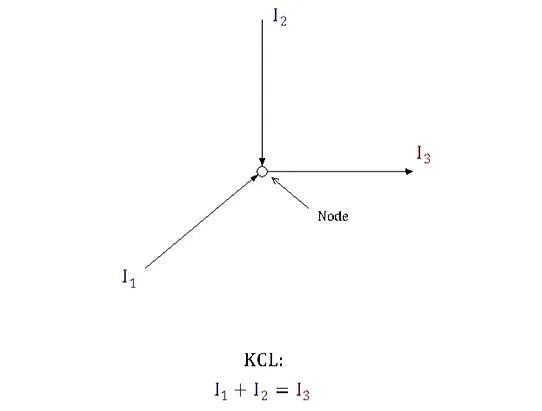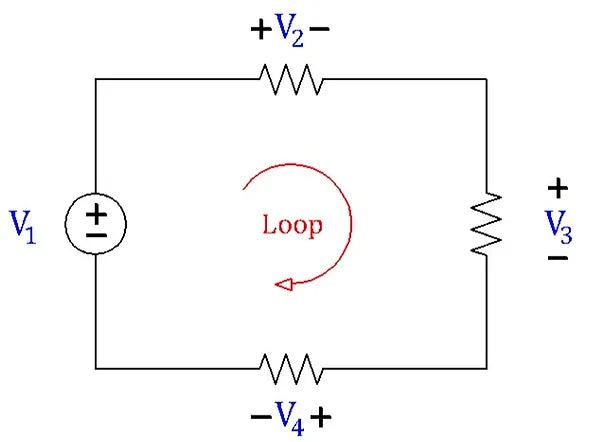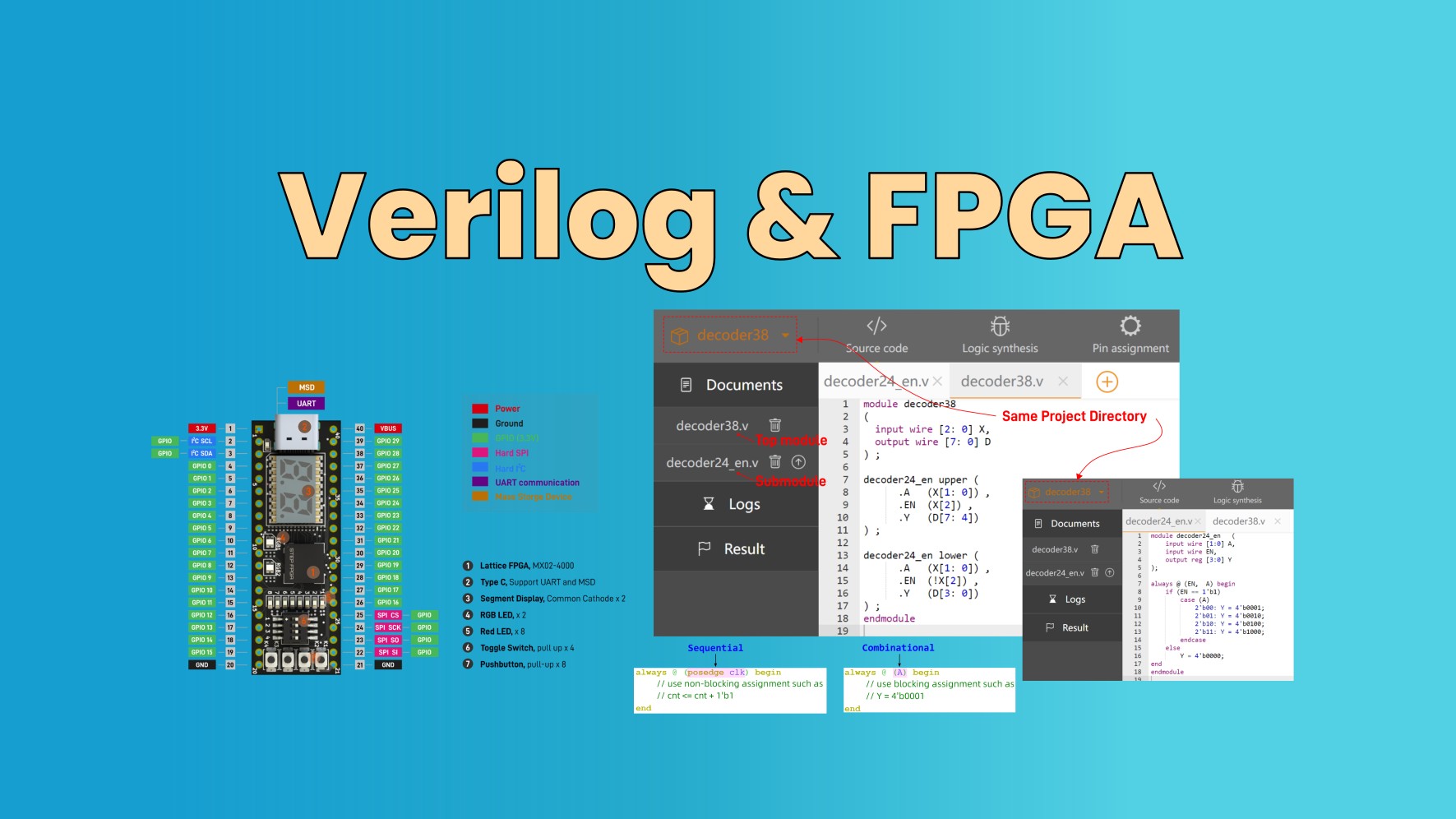What are Kirchhoff's Laws? What are KCL and KVL?
Kirchhoff's Laws, named after the German physicist Gustav Kirchhoff, are fundamental principles in the field of electrical engineering that describe the relationship between current and voltage in electrical circuits. These laws, known as Kirchhoff's Current Law (KCL) and Kirchhoff's Voltage Law (KVL), form the backbone of circuit analysis. Simply put, KCL states that the total current entering a junction or node in a circuit must equal the total current leaving it, while KVL states that the total voltage around any closed loop or mesh in a circuit must equal zero.
Kirchhoff's Laws have wide-ranging applications in our day-to-day lives. From the functioning of the electronic devices we use daily, like our phones, to larger systems like the electrical grids that power entire cities, Kirchhoff's Laws play a key role. Understanding these laws can help us grasp how our modern world functions. Whether you're an aspiring engineer, a curious hobbyist, or simply a lifelong learner, getting familiar with Kirchhoff's Laws offers valuable insights into the world around us.
Kirchhoff's Current Law (KCL)
Kirchhoff's Current Law, also known as the first of Kirchhoff's Laws, states that the total current entering a junction or node in an electrical circuit must equal the total current leaving it. In simpler terms, what goes in must come out. This law is based on the principle of conservation of electric charge, which means that electric charge can neither be created nor destroyed.
Currents Entering the Node = Currents Leaving the Node
How to use KCL?
Let’s consider a simple example to better understand this law. In the figure below, we have a node in a circuit with three connected branches carrying the three currents I1, I2, and I3. The currents I1 and I2 are flowing into the node and I3 is flowing out. According to KCL, I1 + I2 = I3.

This rule applies no matter how many currents are flowing in and out of a node. For example, we have a node below in a circuit with five branches carrying the currents I1, I2, I3, I4, and I5. The currents I1 and I3 are flowing into the node while the rest are flowing out. According to KCL, I1 + I3 = I2 + I4 + I5.

In real life, KCL has various applications. It is used in designing and analyzing complex electrical circuits, such as those found in our electronic devices. For instance, engineers use KCL in determining the current distribution in multiple paths of power supply circuitry in a laptop or smartphone to ensure they function properly.
One common mistake in applying KCL is forgetting that the current direction matters. We have to remember that currents flowing into the node are considered positive, and those flowing out are considered negative or vice versa, based on your initial assumption. Another mistake is not taking into account all the currents entering or leaving a node, which may lead to an incorrect analysis of the circuit.
Kirchhoff's Voltage Law (KVL)
Kirchhoff's Voltage Law, also known as the second of Kirchhoff's Laws, states that the sum of the voltages around any closed loop or mesh in a network is always equal to zero. This is because a circuit loop is a closed conducting path, so no energy is lost.
How to do kvl


In real-world applications, KVL is used in just about every electronic device you can think of. From designing complex circuitry in telecommunication devices to troubleshooting electrical problems in automotive systems, KVL is a powerful tool for engineers and technicians alike. For instance, in household electrical wiring, KVL can help identify whether there is a short circuit in the system.
One common error when applying KVL is not keeping track of the polarity of voltages. While traveling around a circuit loop, it is essential to add voltages that rise (going from minus to plus) and subtract voltages that drop (going from plus to minus). Another mistake is not considering all the voltages in a loop, especially when the loop contains multiple elements like batteries and resistors.
KVL vs KCL: Comparing KCL and KVL
Similarities
Both Kirchhoff's Current Law and Voltage Law are fundamental principles in the field of electrical and electronic engineering and are based on the conservation laws - KCL on the conservation of charge and KVL on the conservation of energy. Both laws are used for circuit analysis to find unknown currents and voltages, and both apply to any type of circuit - DC, AC, linear, non-linear, simple, or complex.
Differences
While both laws have similarities, they focus on different aspects of electrical circuits. KCL deals with the current flowing into and out of a junction in a circuit. It is based on the principle that the amount of current entering a node must equal the amount leaving it. On the other hand, KVL deals with the voltage around a closed loop in a circuit. It states that the total voltage supplied in a loop must equal the total voltage drop across the loop.
When to Use KCL or KVL
The decision to use KCL or KVL depends on the specifics of the problem at hand. KCL is often useful for analyzing current in parallel circuits and at junction points in complex networks. KVL, on the other hand, is commonly used for voltage analysis in series circuits and closed loops. In many cases, both laws are used together to solve complex circuit problems. These laws are especially powerful when used in conjunction with Ohm's Law, allowing for a comprehensive analysis of electric circuits. Read our article stating What is Ohm's Law Calculation? What is Ohm's Law?
to get the basic understanding of Ohm's Law.
Key Takeaways
Understanding Kirchhoff's Laws, specifically Kirchhoff's Current Law and Kirchhoff's Voltage Law is essential for anyone interested in the field of electrical engineering or simply seeking to understand the electrical world around us.
Kirchhoff's Current Law teaches us that currents in a circuit are always conserved at any node or junction, providing a vital rule for analyzing current flow through complex networks. On the other hand, Kirchhoff's Voltage Law ensures that the total voltage in a closed loop remains constant, offering a powerful tool for voltage analysis in various circuits.
The importance of these laws lies not only in their academic and theoretical value but also in their wide-ranging real-world applications. From designing electronic devices to troubleshooting electrical systems, these fundamental laws of physics are at the heart of our electrified world.
Remember, while these laws might seem challenging at first, with practice and patience, anyone can master the art of circuit analysis using Kirchhoff's Laws.
EIM Technology's Basic Electrical Circuit Kit
At EIM Technology, we understand that learning about electrical circuits can be a daunting task. That's why we've developed our "Basic Electric Circuits" Electronics Learning Kit. This comprehensive kit simplifies the complex concepts of electric circuits and presents them in an engaging and practical way. One of the key features of our kit is the easy-to-understand explanation of Kirchoff's laws, accompanied by hands-on exercises that allow learners to apply these laws in real time, thereby providing a complete understanding of these fundamental principles. Our goal is to make learning about electric circuits accessible and enjoyable for everyone. The "Basic Electric Circuits" Electronics Learning Kit is available for purchase on our website: https://shop.eimtechnology.com/collections/all-products/products/basic-electric-circuits

https://www.eimtechnology.com/collections/all-products/products/basic-electric-circuits
Dive into the electrifying world of circuits with EIM Technology and simplify your learning journey!
References
Recommended Books and Articles
https://ieeexplore.ieee.org/abstract/document/4909474
Useful Online Resources for Learning and Practice
https://byjus.com/physics/kirchhoffs-law/


3 comments
good way to you
good way to read
nice way to learn